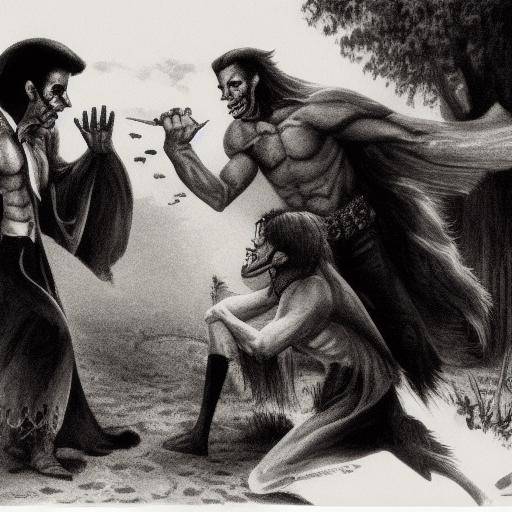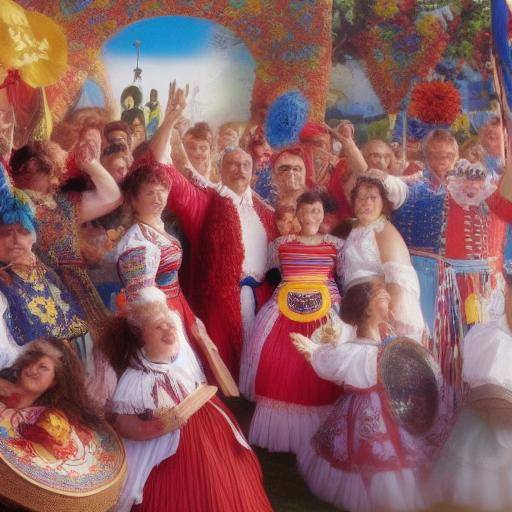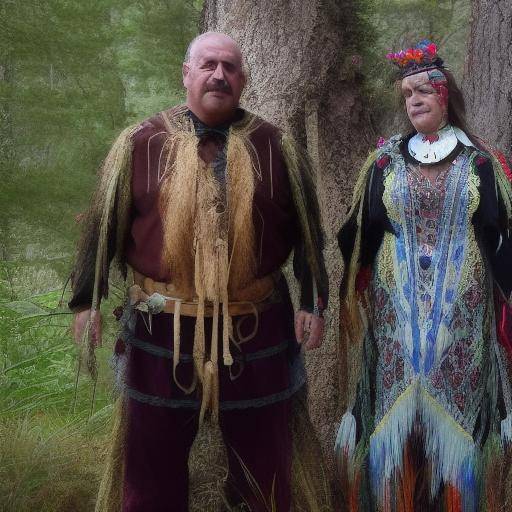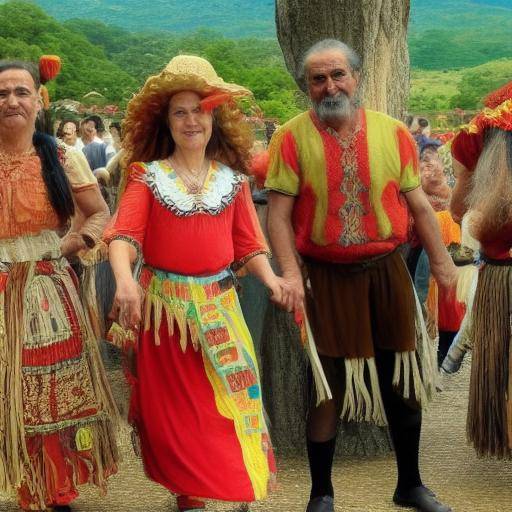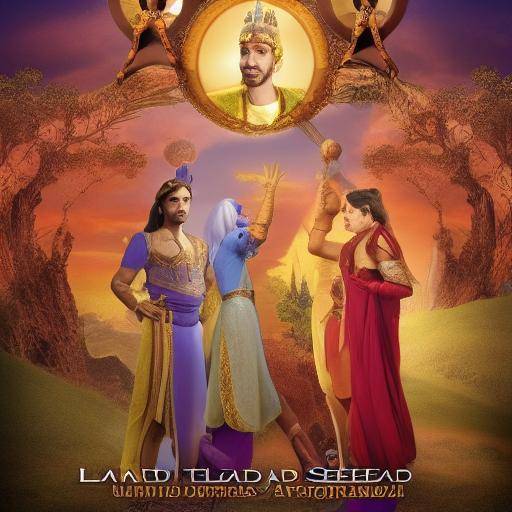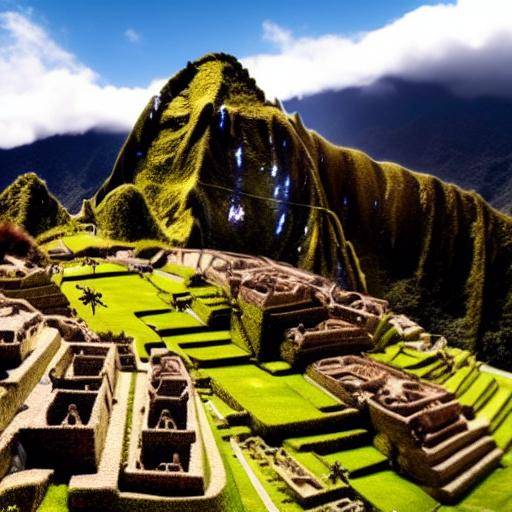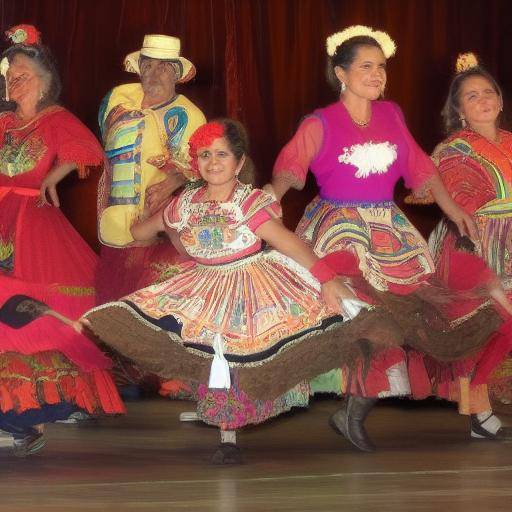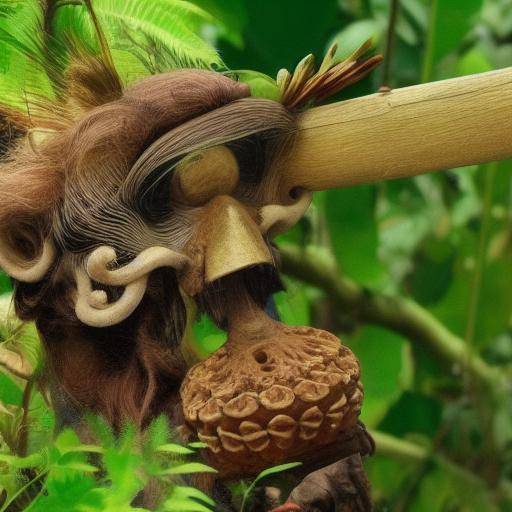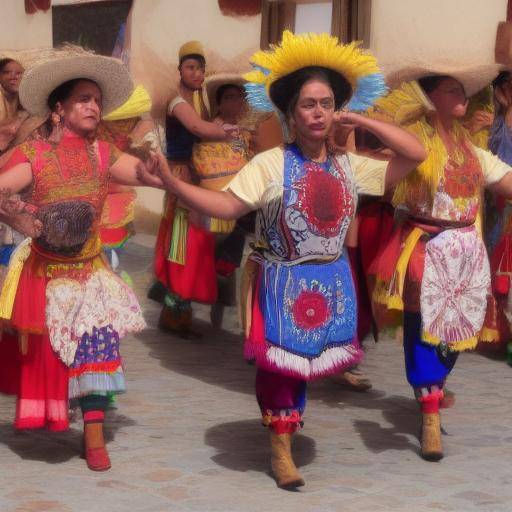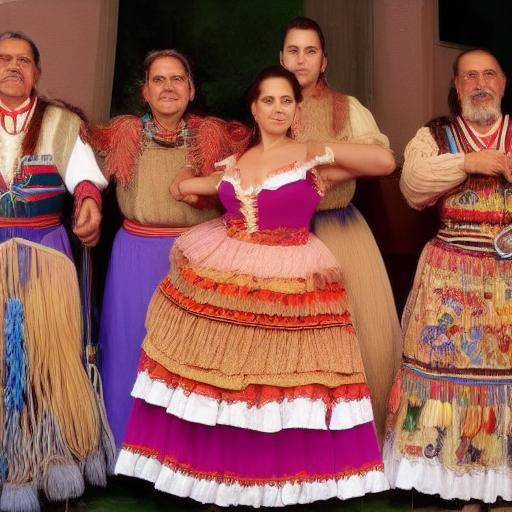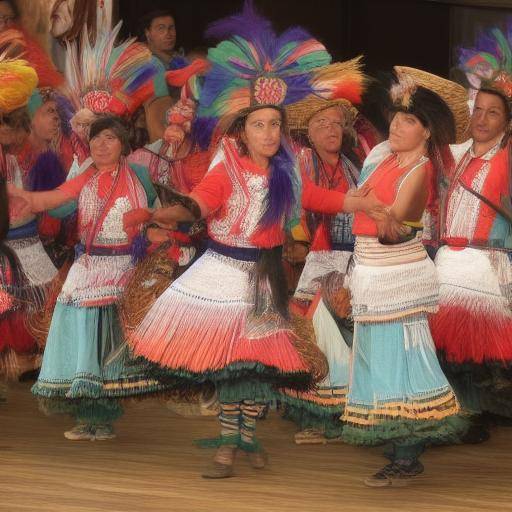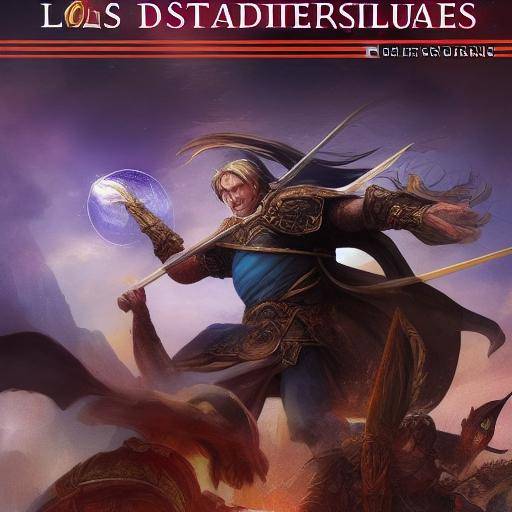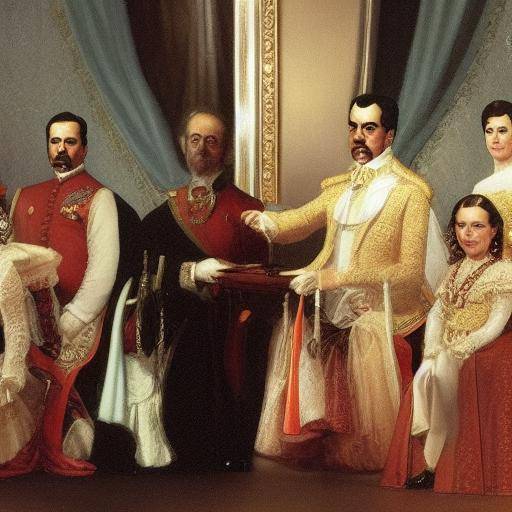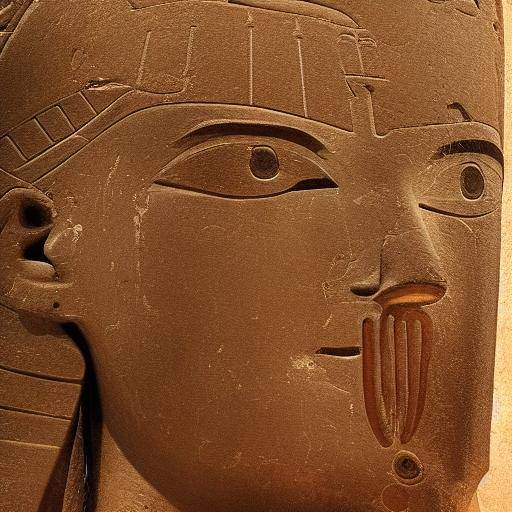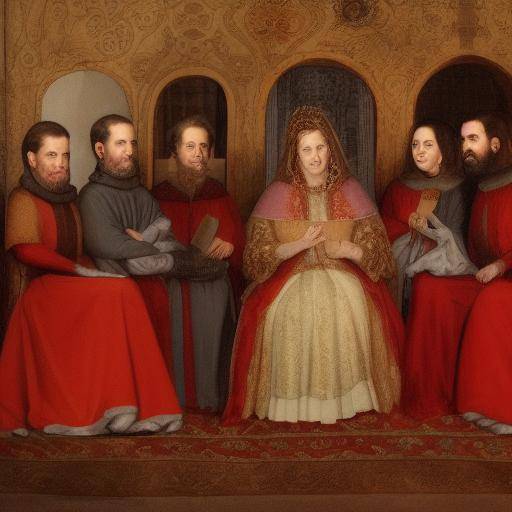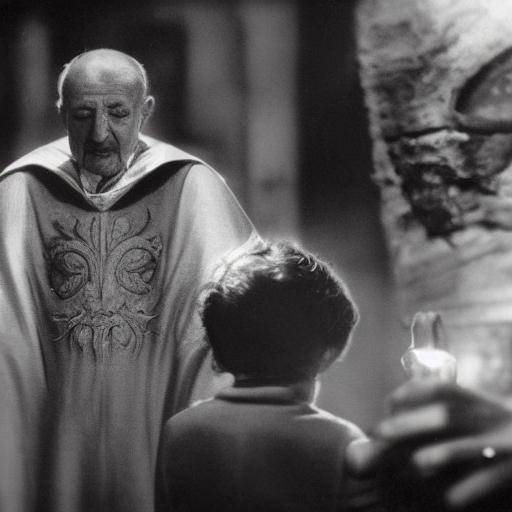
Introduction
The ancient Mesopotamia, cradle of human civilization, is known for its rich myths, magical rituals and sorcery practices that exerted a profound influence on Mesopotamian culture. In this article, we will explore the fascinating role of magic and sorcery in this ancient civilization. From supernatural powers to beliefs in divine beings, we will discover how these practices shaped the lives and conceptions of the Mesopotamian world. Join us on this journey through the mysteries of Mesopotamian magic, the myths surrounding it and the practices of sorcery rooted in its culture.
History and Background
Mesopotamian magic, a fundamental pillar in the daily life of this ancient civilization, dates back to thousands of years. With a rich and complex history, Mesopotamians believed in the constant interaction between gods, humans and the natural world. Magic became a powerful way of influencing these interactions, providing a means of controlling supernatural forces in their daily lives. Throughout the centuries, magical practices evolved from simple rituals to complex spells and spells, becoming an integral phenomenon in Mesopotamian culture.
Belief in magic as a means of connecting with the gods and gaining protection, health and prosperity was omnipresent in Mesopotamian everyday life. Magic specialists, known as ašipū and āšipūtu, became key figures in society, providing magical services that ranged from healing to protection against evildoers. These experts studied ancient texts and used ritual objects to invoke the gods and channel their power to achieve desired results.
Magic intertwined closely with the myths and religious beliefs of the time, forming an integral part of Mesopotamian cosmovision. Myths, narratives describing the creation of the world, the ascendancy of gods and divine events, provided a symbolic framework for understanding and contextualizing magical practices. These mythological accounts influenced the way the Mesopotamians conceived the universe and the forces that governed it, giving a profound meaning to their magical and ritual experiences.
The sorcery, on the other hand, focused on the use of magic practices for personal purposes or often to harm others. Although it was not as institutionalized as the magic practiced by the Ašipū, the sorcery played a significant role in the social and legal interactions of the time. Mesopotamian tablets and legal texts reveal numerous cases of people accused of malfunctioning or resorting to sorcery practices to gain advantage over other individuals.
Analysis in Deep
Mesopotamian magic provided a way of understanding and managing the invisible forces that Mesopotamians believed guided their destiny. Although the conviction in the effectiveness of magic was widespread, it also faced challenges and limitations. Uncertainty about results, fear of possible undesirable consequences and competition among magic specialists provided complexity to these practices.
Advances in archaeological research have revealed evidence of the effectiveness of magic in Mesopotamian daily life. Amulets, magical figures, conjuring texts and other ritual objects discovered in archaeological sites provide tangible evidence of practice and belief in magic. These findings illustrate the profound influence that magic had on all aspects of life, from health to crop protection.
An in-depth analysis reveals the complexity of magic practices and the diversity of approaches used by specialists. Magical rituals varied according to the desired purpose, whether it was the healing of diseases, the protection against evil spirits or the attainment of divine favor. The ašipū also dominated the use of various ritual objects, herbs and formulas to perform specific spells, demonstrating a deep knowledge of the spiritual and natural world.
In contrast, sorcery presented ethical and moral challenges, as it was often used to prejudice other individuals. The documented cases of legal disputes related to witchcraft reflect the importance of these practices in interpersonal and social conflicts.
Comprehensive review
Exploring the practical applications of Mesopotamian magic reveals its influence on various aspects of everyday life. From medicine to agriculture, magic played a crucial role in seeking well-being and prosperity. The complex interaction between magic and mythological myths highlighted the holistic nature of these practices, providing Mesopotamians with a symbolic framework to understand and manipulate the world around them.
Ašipū and their magic skills were highly valued in Mesopotamian society, and were consulted for a wide range of problems and concerns. Their knowledge of the sutras and magic texts, which were believed to have inherent power, made them influential and respected figures. Magical rituals played a significant role in important events, such as birth ceremonies, weddings and funerals, highlighting their central place in Mesopotamian community life.
Comparative analysis
By comparing Mesopotamian magic, myths and sorcery, we find significant similarities and differences. Magic and myths were closely intertwined, with mythological accounts providing the spiritual and symbolic background for magical practices. The sorcery, on the other hand, is distinguished by its more personal and often malevolent approach.
All these forms of arcan knowledge reflect the complexity of human experience and the constant search for power, protection and meaning in the universe. Although each manifested differently, they all shared the fundamental desire to influence the supernatural world to improve daily life.
Practical Tips and Accessible Tips
- While the exact practice of Mesopotamian magic may be out of reach, understanding the underlying principles can provide a new perspective on the relationship between humanity and supernatural powers.
- Exploring and learning about Mesopotamian myths can enrich the understanding of the worldview and values of this ancient civilization.
- Reflecting on the ethical implications of sorcery can shed light on the moral complexities of manipulation of supernatural forces.
Conclusions and FAQs
In short, magic and sorcery played significant roles in Mesopotamian culture, providing the ancient inhabitants with a way to understand and navigate their world. Through the interaction between magical practices, mythological myths and personal sorcery, a complex landscape of beliefs and practices emerge that continue to intrigue scholars and enthusiasts of ancient history.
Frequently asked questions (FAQs)
**1. What was the role of the Ašipū in Mesopotamian society?**The Ašipū were magic specialists and played a crucial role as mediators between gods and humans, providing magical services covering healing, protection and other aspects of everyday life.
**2. How did myths relate to the practice of magic in Mesopotamia?**Mesopotamian myths provided a symbolic and spiritual framework for understanding and contextualizing magical practices. These accounts influenced the way the Mesopotamians conceived the universe and the forces that governed it.
**3. Are there archaeological evidence of the practice of magic in Mesopotamia?**Yes, numerous archaeological findings, such as amulets, texts of conjures and ritual objects, offer tangible evidence of the presence and relevance of magic in Mesopotamian daily life.
**4. What was the difference between Mesopotamian magic and sorcery?**Mesopotamian magic was more institutionalized and focused on the use of magic practices to influence positive aspects of life, while sorcery manifested more personally and often to harm other individuals.
**5. How did Mesopotamian magic influence everyday life and ritual practices of the society of that time?**Mesopotamian magic influenced important ritual practices such as family events, religious ceremonies and the search for protection and prosperity in everyday life.
**6. What is the relevance of understanding Mesopotamian magic today?**Understanding Mesopotamian magic allows us to get a deeper view of the worldview and beliefs of this ancient civilization, enriching our understanding of the history and evolution of magical practices in different cultures.
In conclusion, magic and sorcery played significant roles in Mesopotamian culture, providing the ancient inhabitants with a way to understand and navigate their world. Through the interaction between magical practices, mythological myths and personal sorcery, a complex landscape of beliefs and practices emerge that continue to intrigue scholars and enthusiasts of ancient history.
Mesopotamian magic, myths and sorcery represent fundamental aspects of this ancient civilization that continue to provide valuable insights on the relationship between human and divine, offering a window to a magical and mysterious world that continues to captivate our imagination to our day.

